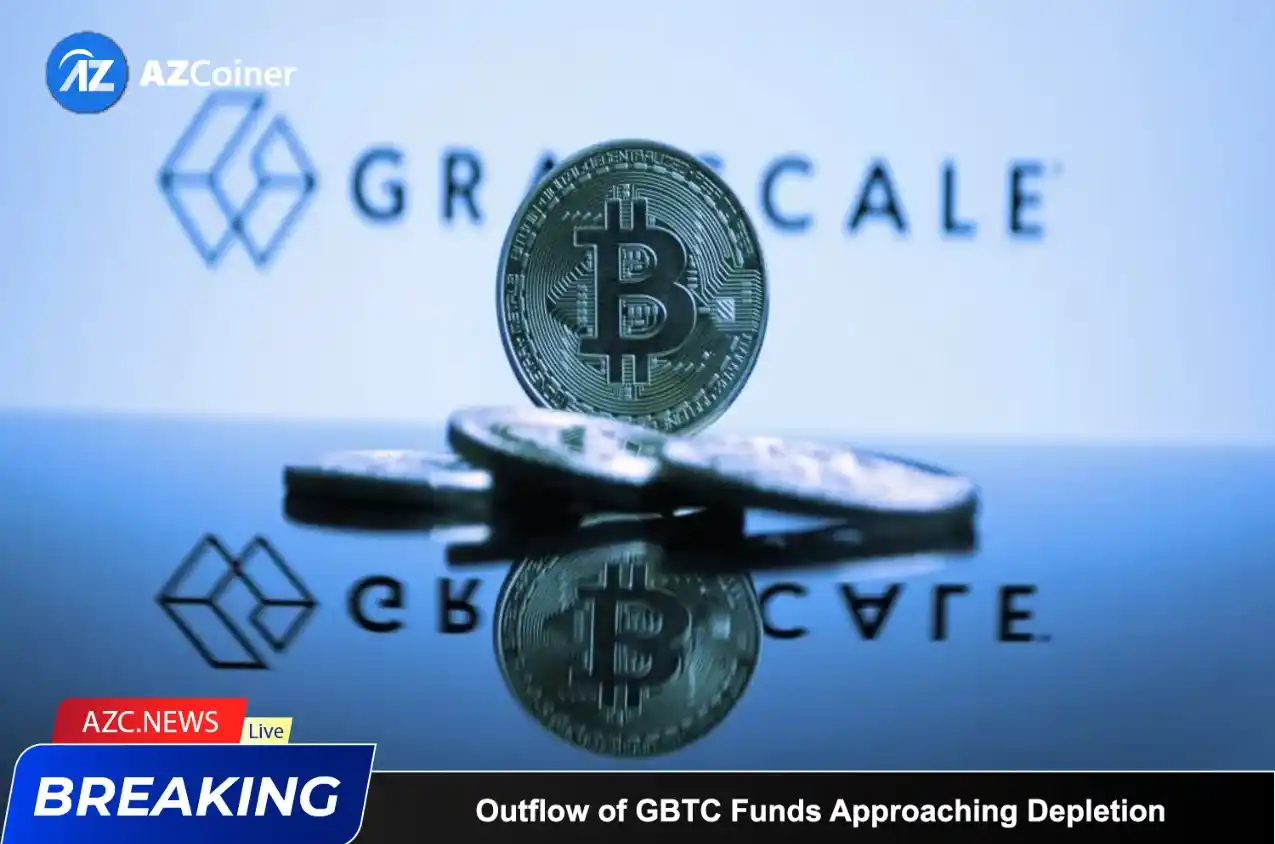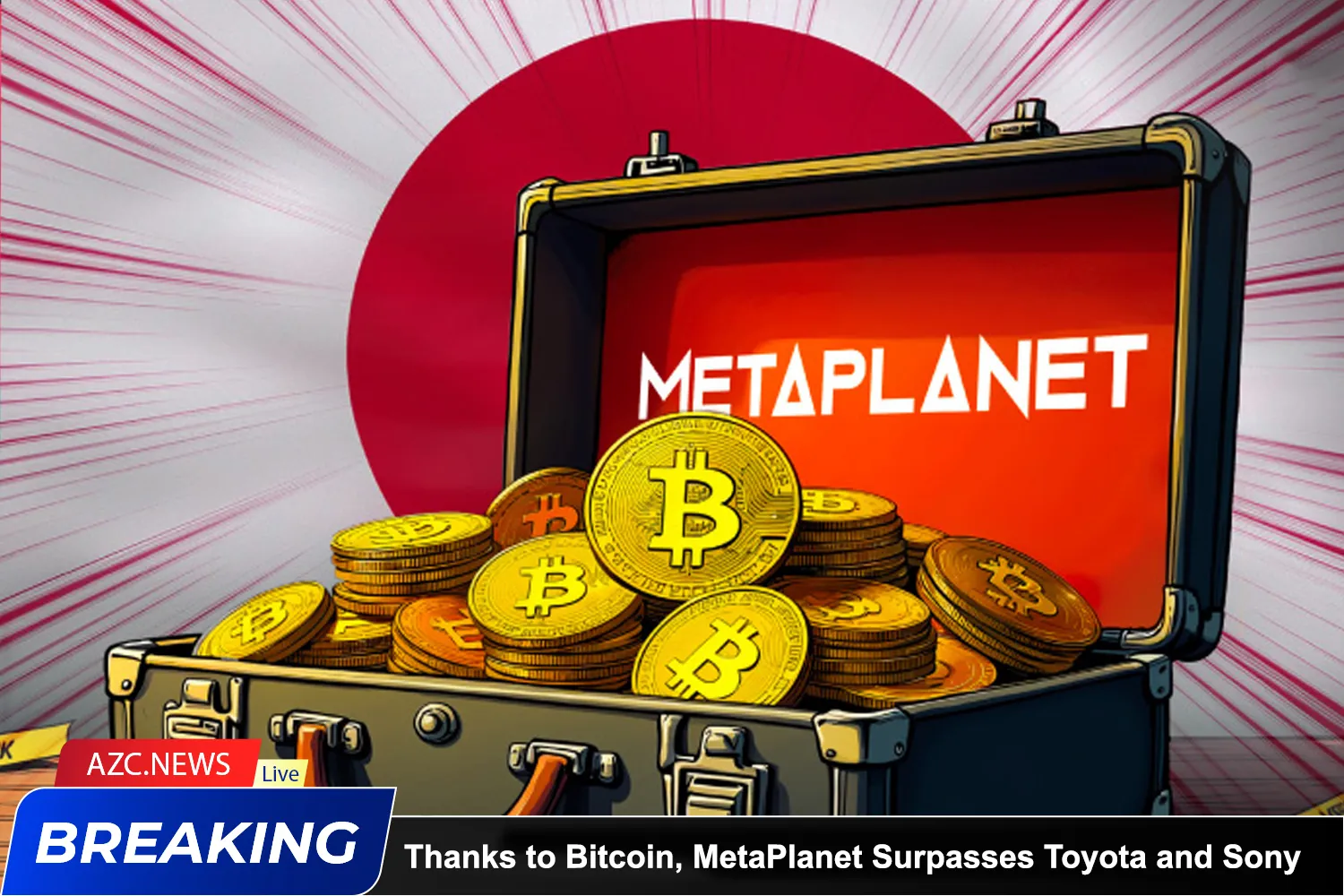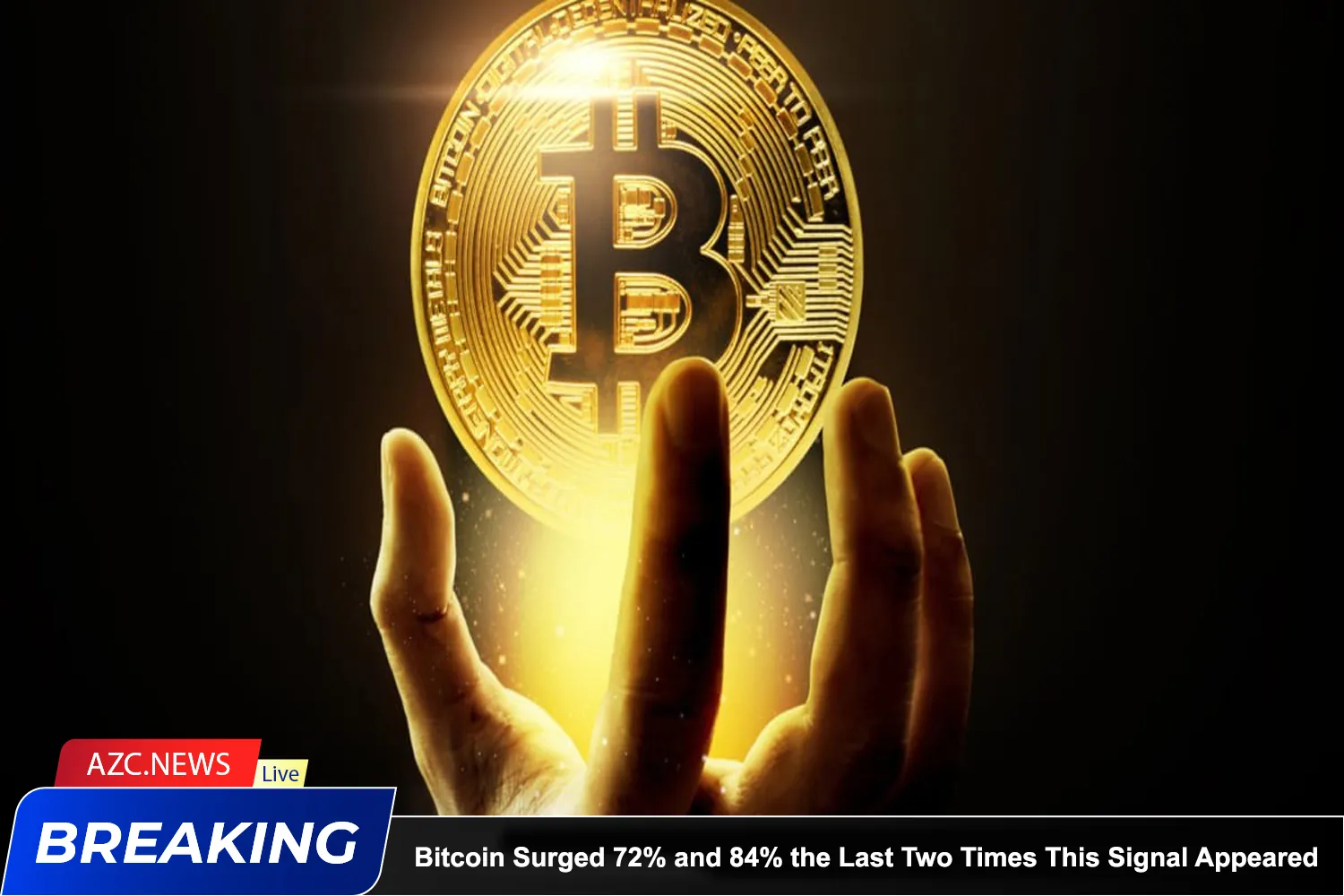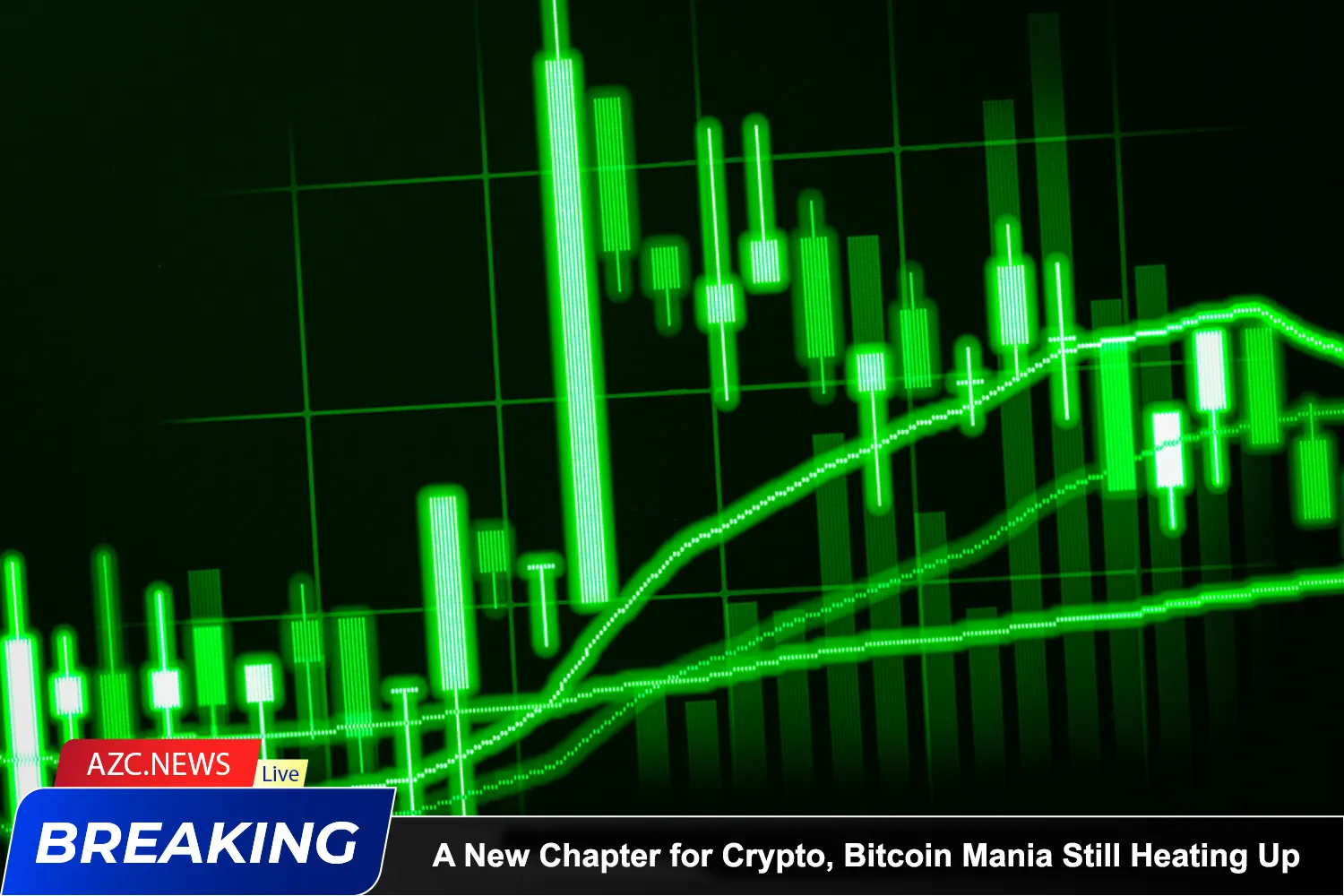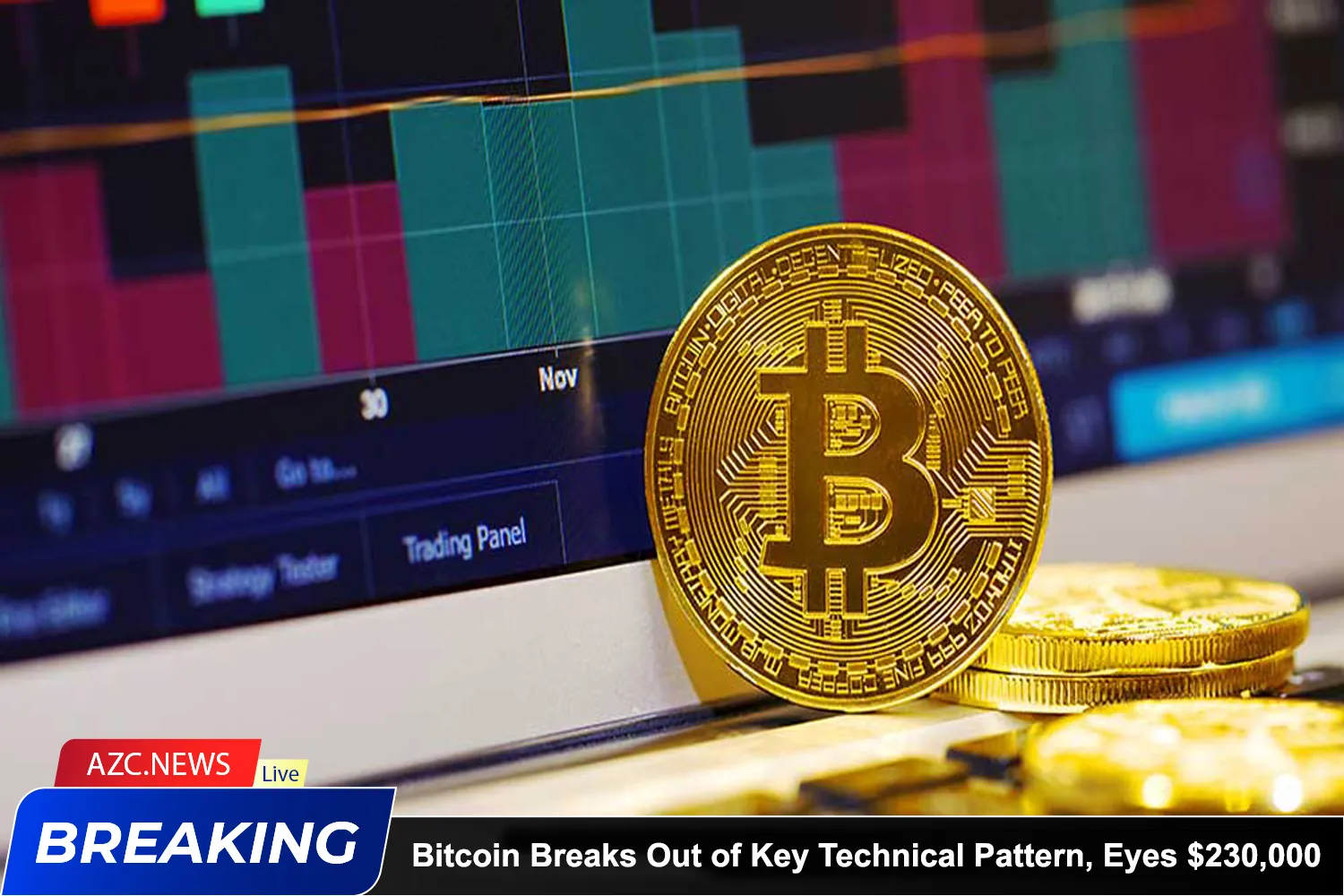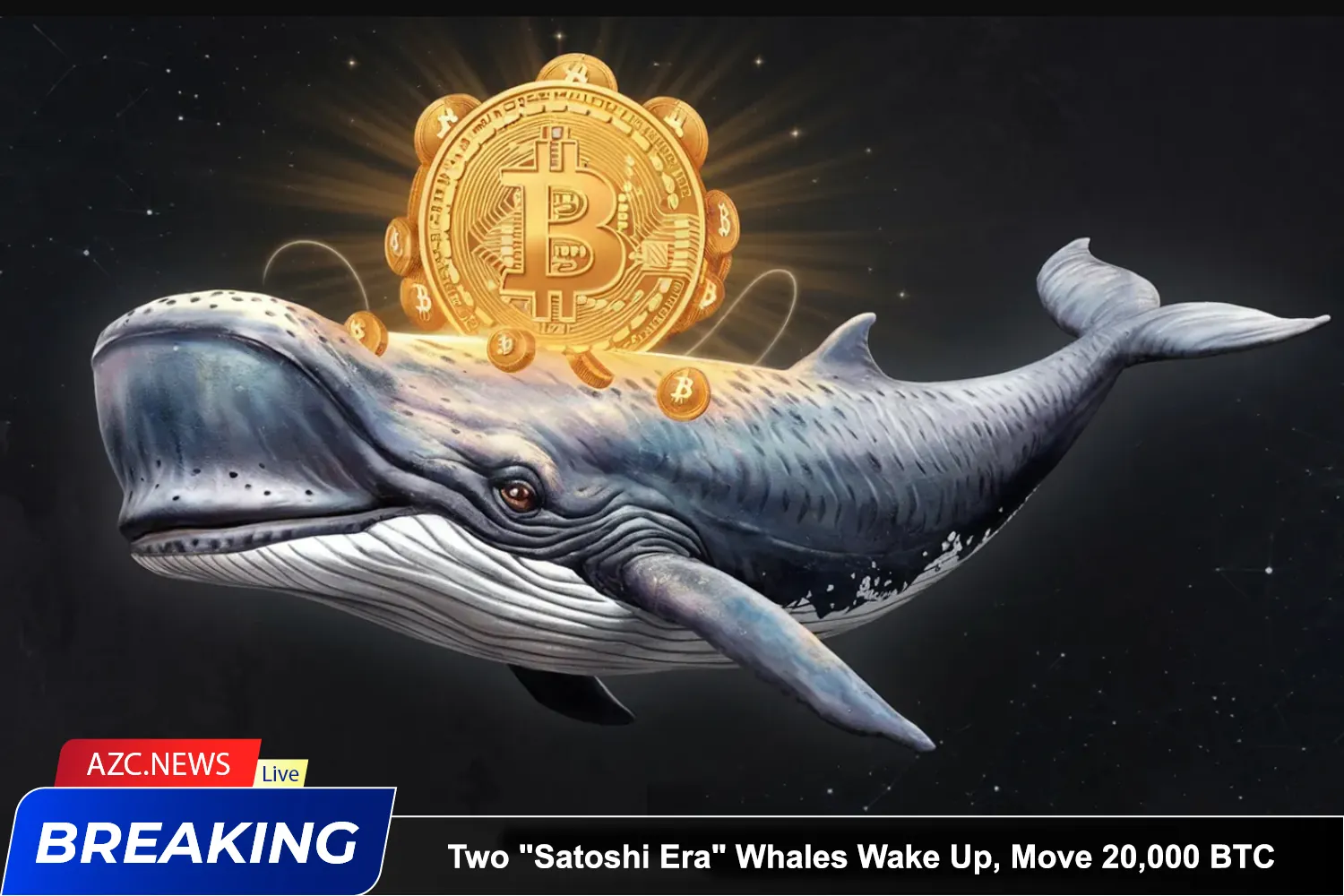Outflows from Grayscale’s Bitcoin Trust (GBTC) have displayed a consecutive two-day deceleration, sparking a glimmer of optimism that the potential multibillion-dollar Bitcoin selloff may be nearing its conclusion. According to BitMEX Research data, GBTC outflows on Jan. 24 amounted to $429 million, marking the smallest daily outflow since the launch of Grayscale’s spot Bitcoin ETF on Jan. 11 and representing a 33% slowdown compared to the beginning of the week on Jan. 22.
Bitcoin Spot ETF Flow – After 9 days
here is the provisional chart. Only GBTC, Bitwise, Ark and Franklin in for day 9 so far
Day 9:
GBTC -$429.3m
Ark +$24.9m
Bitwise +$20m
Franklin +$1.2mWaiting on others. Looks like another net outflow day. https://t.co/fzj2LI5CtH pic.twitter.com/E7s3YjyatD
— BitMEX Research (@BitMEXResearch) January 25, 2024
Bloomberg ETF analyst Eric Balchunas, in a Jan. 25 post, observed that GBTC outflows appear to be “seemingly trending down,” although he acknowledged that it still constitutes a substantial figure. Balchunas, in earlier analyses, had emphasized the presence of “too many unknowns” to accurately predict when the anticipated “mass exodus” from GBTC would cease.
Over nine trading days, GBTC has witnessed an outflow of 106,092 BTC, equivalent to approximately $4.4 billion. Despite the slowdown in daily outflows, it is essential to note that this does not definitively signal the conclusion or deceleration of the GBTC “bleeding.” Balchunas had previously estimated that GBTC would need to shed around 25% of its outstanding shares before a cessation of outflows could be anticipated.
Related: Bitwise Takes Lead as First US Bitcoin ETF to Publicly Share Wallet Address
Arkham Intelligence, a blockchain tracking firm, has cautioned against potential misinterpretation of GBTC outflow data displayed on its platform. In a post on Jan. 24, Arkham clarified that the outflow data for GBTC on its platform is divided between Coinbase Prime and new GBTC custody addresses. This implies that not all BTC moved from Grayscale’s Bitcoin Trust is necessarily being redeemed.
How to interpret the daily Grayscale BTC flows on Arkham:
Every day around US market open, Grayscale sends large amounts of BTC to Coinbase Prime deposits. These likely represent GBTC redemptions, but there are a couple important things to keep in mind to accurately interpret… pic.twitter.com/UoErxY5sIt
— Arkham (@ArkhamIntel) January 24, 2024
The explanation provided by Arkham highlighted the intricacies of Bitcoin transaction outputs due to the input-output structure of its blockchain. It pointed out that Bitcoin transaction outputs are often distributed among multiple addresses. Furthermore, Arkham noted that GBTC custody wallets frequently send funds to multiple addresses, resulting in some of the BTC sent in a transaction going to an address different from the main recipient shown in the transaction panel.
 OMN
OMN  BTC
BTC  ETH
ETH  USDT
USDT  XRP
XRP  BNB
BNB  SOL
SOL  USDC
USDC  TRX
TRX  DOGE
DOGE 
